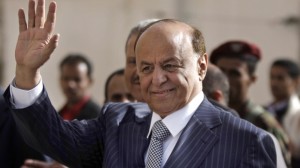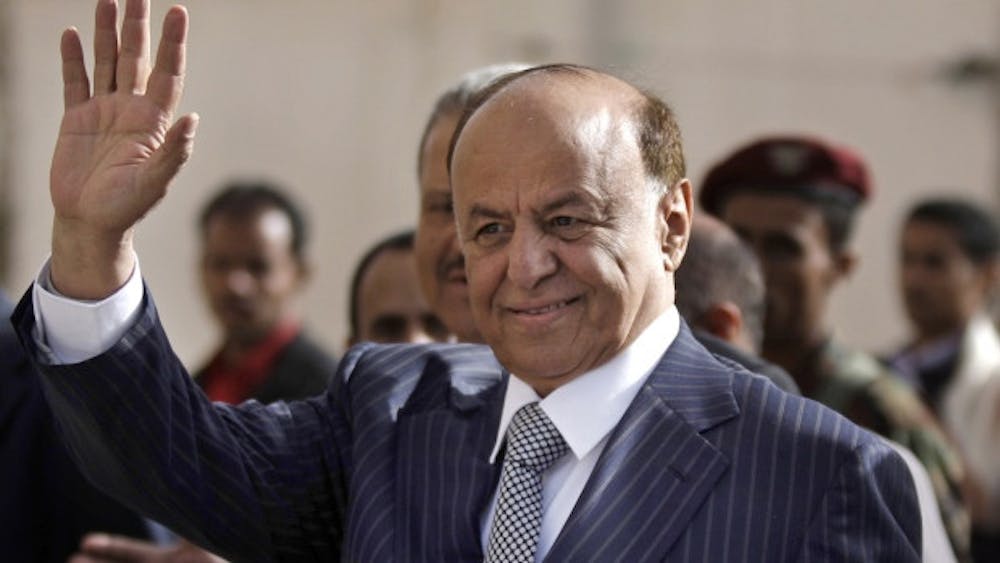By Roman Orsini
Staff Writer
In Yemen, a rebel insurgency called the Houthis took over the capital, Sana’a, after a coup’ d’etat which began last September. Having ousted the government of President Abd Rabbuh Mansur Hadi, who has since fled to Saudi Arabia, the Houthis solidified political control in Yemen on Friday, Feb. 6, according to BBC. The crisis has prompted a recent military intervention by neighboring Gulf countries to reverse the coup.

The Houthi rebels are part of a Shia sect called the Zaydi, which comprises 30 percent of Yemen’s population, according to Fox News. The group began its uprising in 2004 and has already fought a series of skirmishes with the Yemeni government. Since the Arab Spring uprisings spread to Yemen in 2011, the group controlled territory in the northwest region of the country. The Houthis are not supported by all Zaydis and are now further at odds with Yemen’s majority-Sunni population.
According to RT, Saudi Arabia, while leading a coalition of eight other Arab states and Pakistan, began a bombing campaign against the Houthis on Wednesday, March 25. The operation, ironically named “Decisive Storm,” has been aimed at Houthi positions in Sana’a and is intended to twart the rebels’ advance in the hopes of reinstating the deposed government of Hadi.
The coalition contains members of the Gulf Cooperation Council, (GCC): Saudi Arabia, Kuwait, Bahrain, Qatar and the United Arab Emirates. The GCC is also joined by Egypt, Jordan, Sudan, Morocco and Pakistan.
Hadi, speaking at a recent Arab League Summit in Egypt, called the Houthis “stooges of Iran,” according to BBC.
The conflict has been described by correspondents as a “proxy war” between Sunni Arab nations and Shia Iran, according to BBC. As a Shia militia, the Houthis are supported by the Iranian government, whom the Gulf States fear is working to destabilize the region and bring its influence to their backyard.
Saudi Arabia and Iran are already considered to be regional rivals: The two support opposing sides in the Syrian Civil War and have been at considerable odds over Iran’s nuclear development in recent years. The latest crisis in Yemen has pitted them against each other again. It remains unclear just how far either side is willing to expand the conflict, yet according to NBC, Saudi Arabia has recently mobilized 150,000 troops near its border with Yemen.
As the situation in Sana’a began to deteriorate last month, the United States evacuated its diplomatic staff and military personnel from Yemen on Wednesday, Feb. 11, according to TheBlaze. Although the U.S. is not playing an active military role in response to the crisis, it’s providing intelligence support to the Saudi-led coalition.







